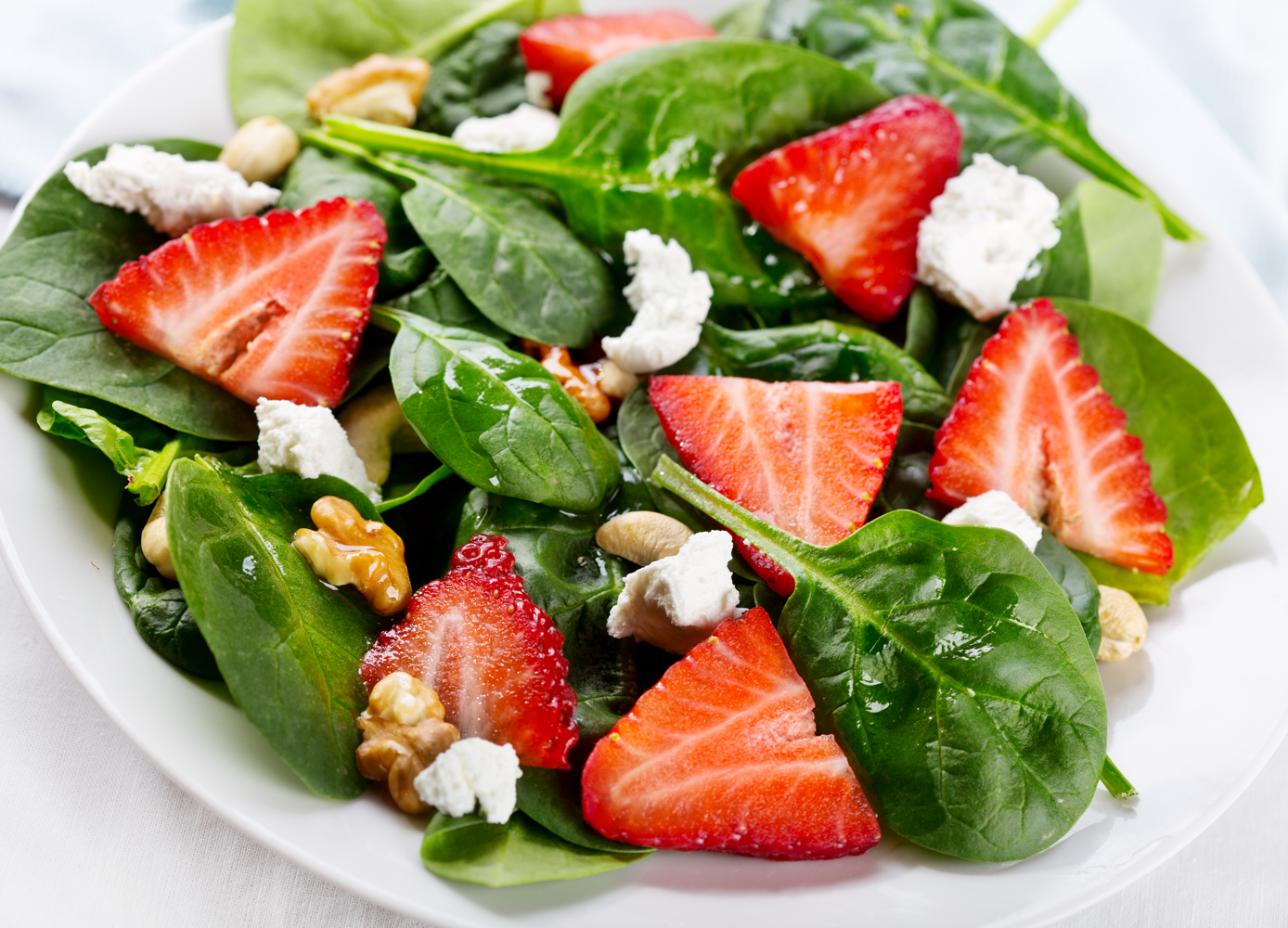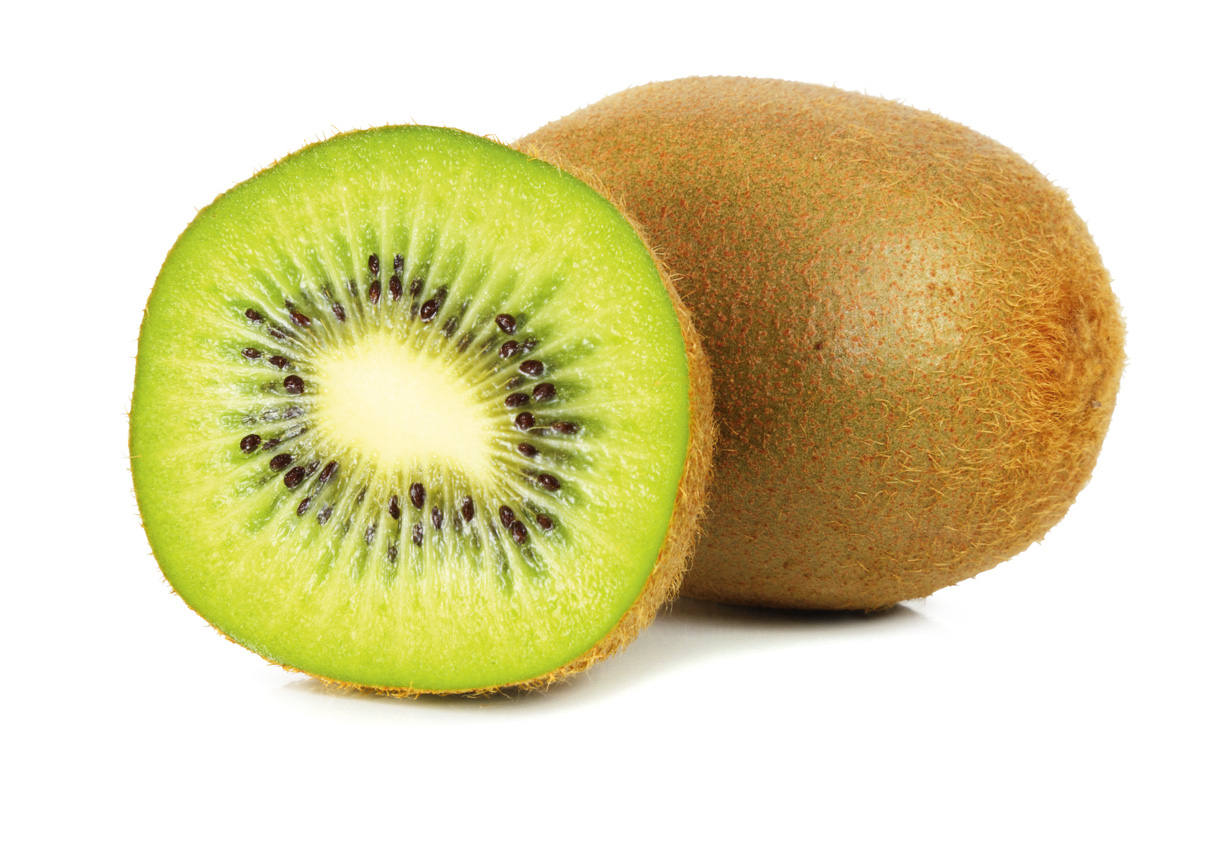Vegetables rich in nitrates, such as lettuce, spinach, kale, and beets, can help boost the muscles in your legs
By Caitlin Finlay
Poor muscle function in the lower limbs increases your risk for falls and fractures, and is an indicator of decreased general health, well-being, and mobility. However, in a paper published in the Journal of Nutrition, Australian researchers say they’ve found that eating just one cup of leafy greens each day could increase muscle function in your legs.
According to researchers at Edith Cowan University (ECU) in Perth, a nitrate-rich diet including leafy vegetables may improve muscle function in the lower limbs regardless of physical activity. The study followed 3,759 Australian participants over a span of 12 years and assessed their lower-limb muscle function. Participants were part of the Australian Diabetes, Obesity, and Lifestyle Study.
The ECU scientists’ analysis showed that participants with the highest nitrate intake had 11% greater lower-limb strength that those with the lowest intake and their walking speeds were 4% faster.
“Our study has shown that diets high in nitrate-rich vegetables may bolster your muscle strength independently of any physical activity,” the lead researcher, Dr. Marc Sim of ECU’s Institute for Nutrition Research, said in a press release. “Nevertheless, to optimize muscle function, we propose that a balanced diet rich in green leafy vegetables in combination with regular exercise, including weight training, is ideal.”
The nitrate-rich vegetables with the best health benefits include spinach, kale, lettuce, and beetroot.
“We should be eating a variety of vegetables every day, with at least one of those serves [sic] being leafy greens to gain a range of positive health benefits for the musculoskeletal and cardiovascular system,” Sim said. “It’s also better to eat nitrate-rich vegetables as part of a healthy diet rather than taking supplements. Green leafy vegetables provide a whole range of essential vitamins and minerals critical for health.”
Photo: iStock/nitrub.
Sources:
https://www.sciencedaily.com/releases/2021/03/210324132309.htm





